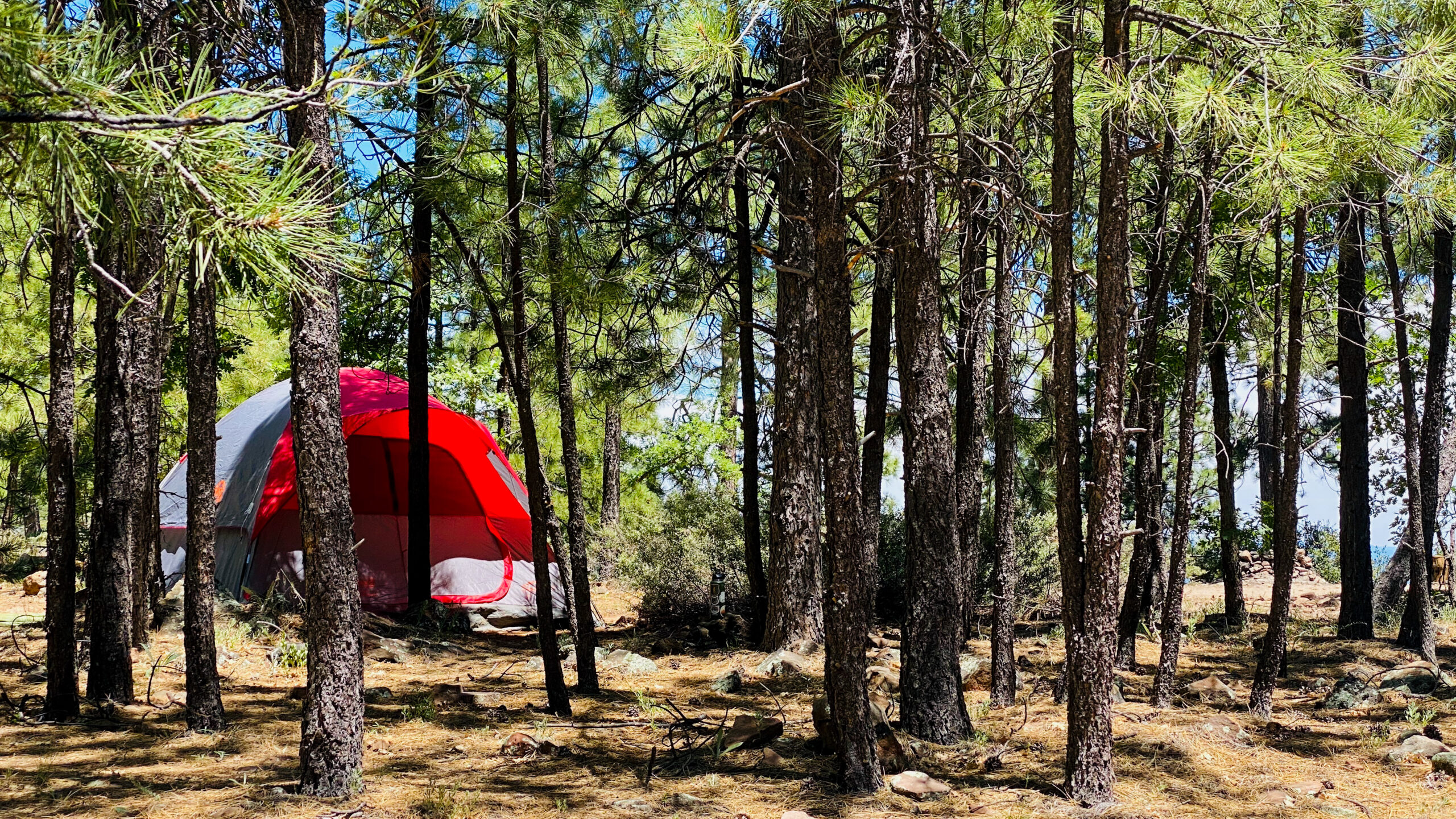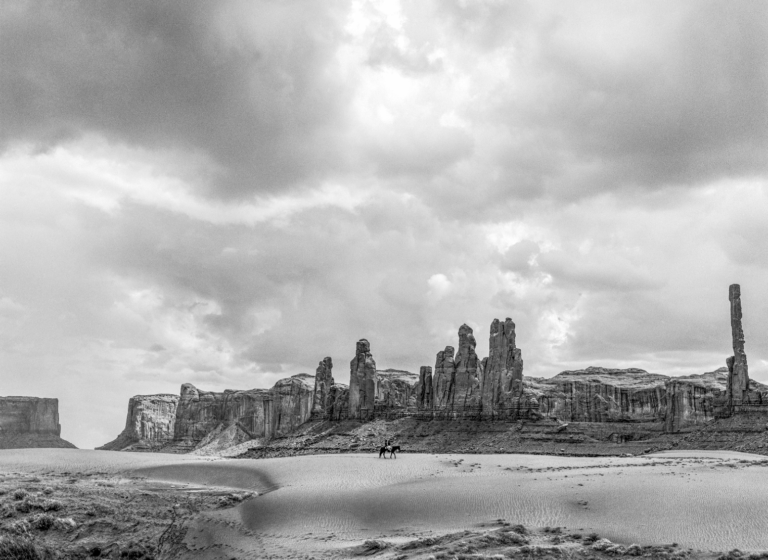Where Wilderness Meets Wonder
Arizona’s Most Soul-Stirring Autumn Campsites
Writer Joseph J. Airdo
As autumn’s first crisp breath sweeps across Arizona’s diverse landscapes, a particular restlessness stirs in those who understand that the state’s most profound beauty lies not in its famous destinations but in its hidden corners. This is not about disconnecting from the everyday — it’s about reconnecting to something deeper: to the rhythm of your own heartbeat under a canopy of stars, to the ancient silence that exists only in places where cell towers fear to tread and to the kind of solitude that doesn’t feel lonely but complete.
Arizona’s autumn wilderness offers experiences that commercial campgrounds simply cannot deliver. These are places where silence has weight, where starlight tells stories and where the simple act of waking to sunrise over untamed landscapes becomes a form of prayer. From high-mountain meadows ablaze with color to sandstone moonscapes under the Milky Way, these eight destinations represent the pinnacle of Arizona’s wild camping experiences — each carefully selected for its ability to restore, inspire and transform.
Lockett Meadow: Arizona’s Autumn Cathedral



When photographers speak of Arizona’s fall color epicenter, they’re talking about Lockett Meadow. Nestled at 8,600 feet on the flanks of the San Francisco Peaks, this alpine sanctuary hosts the Southwest’s largest aspen stands, creating a golden cathedral that draws pilgrims from across the country.
The journey here is currently an adventure in itself — road closures have transformed what was once a drive into a 6-mile round-trip hike or bike ride, effectively filtering out casual visitors and preserving the meadow’s sacred quiet. Those who make the effort are rewarded with camping beneath quaking aspens whose white trunks rise like columns in nature’s most magnificent hall.
The Inner Basin Trail begins at your tent door, winding 3 1/2 miles through groves so thick with golden leaves that the light itself seems to glow from within. Wildlife is abundant — elk bugle across the meadow at dusk while Abert’s squirrels chatter in the pines overhead. On clear nights, the thin mountain air reveals stars with startling clarity.
Pack extra layers; November nights can dip below freezing, but the crisp air only enhances the experience. Bring ample water, and prepare for the kind of silence that makes city dwellers remember what peace actually sounds like.
Mogollon Rim: On the Edge of Infinity
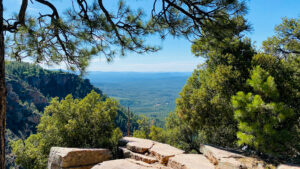


Forest Road 9350 traces the dramatic precipice of the Mogollon Rim, where designated dispersed campsites perch literally on the edge of Arizona’s high country. At nearly 8,000 feet, these rim-side camps offer unobstructed views that plunge 2,000 feet to forested valleys below — a perspective that redefines the word “vista.”
Nearly 40 marked campsites dot this 2-mile corridor, most featuring established fire rings and picnic tables. The first mile accommodates RVs and trailers, while the final stretch rewards tent campers with increasingly dramatic rim-edge positions. Some sites hover so close to the precipice that morning coffee becomes a meditation on infinity — though parents should note these spectacular perches come with genuine safety considerations.
November brings peak color as aspen, maple and oak paint the surrounding forest in brilliant golds and reds. Nearby trails like the Cabin Loop and Highline Trail wind through groves of changing leaves, while Woods Canyon and Bear Canyon lakes offer excellent trout fishing surrounded by autumn’s palette.
The Rim Road corridor extends camping options far beyond Forest Road 9350, with forest roads branching into increasingly remote and private settings. Fire restrictions are common, so check current conditions before planning your trip.
KP Cienega: High-Country Quietude
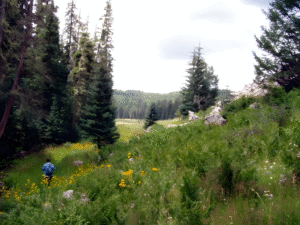


At nearly 9,000 feet, KP Cienega claims the distinction of being one of Arizona’s highest campgrounds — and perhaps its most peaceful. Just five campsites nestle in this alpine meadow south of Alpine, offering a fairy-tale setting that feels lifted from the Colorado Rockies rather than the Arizona high country.
The elevation creates genuinely cool autumn weather, with crisp days and nights that often drop below freezing by early November. This is tent camping at its most elemental: pit toilets, fire rings, picnic tables and absolutely no other amenities. Bring everything — including water — and prepare for the kind of solitude that makes you question why you ever thought you needed cell service.
The adjacent KP Trailhead opens into the Blue Range Primitive Area, America’s last remaining national forest primitive area, where dozens of interconnected trails offer everything from day hikes to multiday adventures. Wildlife viewing is exceptional, with frequent elk herds, deer and even occasional Mexican gray wolf sightings.
The nearby Hannagan Meadow Lodge provides a civilized backup plan for harsh weather, offering meals, hot drinks and rustic accommodations for those who want to balance wilderness adventure with old-school Arizona hospitality.
Granite Mountain Wilderness: Secluded Peaks Above Prescott
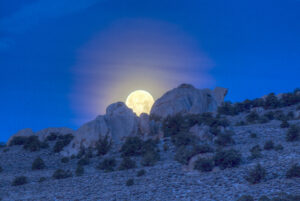


Twenty minutes from downtown Prescott, the Granite Mountain Wilderness offers accessible yet genuine solitude among towering granite domes and boulder fields. The 1,563-acre wilderness provides diverse camping options, from the developed Yavapai Campground to true backcountry dispersed sites.
Yavapai Campground delivers the perfect balance of comfort and wild beauty, with 19 shaded sites nestled among granite outcrops. Running water, flush toilets and established fire rings provide civilized amenities while maintaining the wilderness aesthetic. The adjacent Granite Basin Lake adds fishing opportunities to the impressive hiking available throughout the wilderness.
For deeper solitude, dispersed camping is permitted throughout the wilderness, though campfires are prohibited year-round due to fire danger. The granite formations create natural windbreaks and privacy, while the elevation provides pleasantly cool autumn weather just minutes from Prescott’s restaurants and amenities.
The area is renowned among rock climbers, with more than 1,000 established routes on the granite walls. Even non-climbers will appreciate the cathedral-like formations and their dramatic interplay of light and shadow throughout the day.
White Pocket: Surreal Starlit Stone
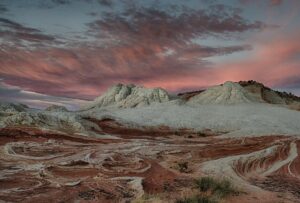


For those seeking the ultimate in primitive camping, White Pocket delivers an otherworldly experience that requires serious commitment. Located on the remote Paria Plateau within Vermilion Cliffs National Monument, this permit-free alternative to the Wave rewards the prepared with surreal beauty and absolute solitude.
The swirling red-and-white Navajo sandstone formations create a landscape so alien that visitors regularly describe feeling transported to another planet. At 6,100 feet elevation, autumn brings mild days and crisp nights perfect for photography and stargazing — this is among Arizona’s darkest locations, with zero light pollution and crystal-clear views of the Milky Way.
Access requires a true four-wheel-drive vehicle and considerable preparation. The final 8 miles traverse deep sand that regularly claims unprepared travelers, and once there, you’re entirely self-sufficient. No water, no facilities, no cell service — just you, the rocks, and silence so complete it has a physical presence.
Bring satellite communication devices, plenty of water and the kind of gear that could save your life if weather turns. This is wilderness camping for experts only, but the payoff — sunrise over formations that seem sculpted by alien hands — justifies every challenge.
Chiricahua National Monument: Sky Island Sanctuary



The Chiricahuas rise from the Sonoran Desert like a lost world, their “sky island” peaks creating a biodiversity hotspot that feels more like the Rocky Mountains than southeastern Arizona. At Bonita Canyon Campground, 25 sites nestle at 5,400 feet among towering rhyolite hoodoos and dense oak woodlands that burst into spectacular fall color.
This is Arizona’s premier birding destination, with more than 375 species recorded, including the occasional elegant trogon. The autumn migration coincides perfectly with peak foliage as cottonwoods, sycamores and Rocky Mountain maples paint the canyons in brilliant golds and scarlets. The South Fork Trail outside the monument offers some of the most reliable fall color viewing in the state.
Bonita Canyon’s 25 sites provide flush toilets, running water and bear boxes — welcome amenities given the area’s active black bear and mountain lion populations. The monument’s 17 miles of trails wind through a wonderland of balanced rocks and stone spires, culminating at Massai Point’s 360-degree views of the hoodoo landscape.
For greater solitude, Piney Canyon Road in adjacent Coronado National Forest offers excellent dispersed camping among the pines, while higher-elevation spots like Barfoot Park may require four-wheel drive but reward visitors with cooler temperatures and even more dramatic autumn displays.
Cochise Stronghold: Where Legends Live
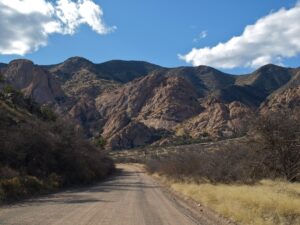


The Dragoon Mountains’ Cochise Stronghold combines dramatic granite landscapes with profound historical significance. This fortresslike canyon system, once the sanctuary of Apache Chief Cochise, now offers some of Arizona’s most evocative camping experiences.
Eleven individual sites at Cochise Stronghold Campground nestle beneath towering granite domes, shaded by oak groves that provide subtle but beautiful fall color. The setting feels primordial — massive boulders balanced in seemingly impossible configurations, creating intimate camp spaces that offer both privacy and grandeur.
The 5-mile Cochise Indian Trail connects the west and east strongholds, following historic Apache routes through the mountains. Rock climbing here is world-class, with more than 1,000 established routes on the granite faces. Wildlife viewing is exceptional, with diverse bird populations and frequent sightings of javelina, deer, and the occasional mountain lion.
Dispersed camping throughout the Dragoon Mountains offers even greater solitude, with numerous forest roads leading to private boulder-studded clearings, perfect for small groups seeking complete immersion in this legendary landscape.
Aravaipa Canyon: Arizona’s Secret Eden
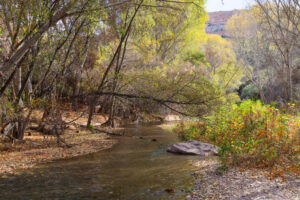


Perhaps no Arizona wilderness experience is more transformative than Aravaipa Canyon. This 19,410-acre wilderness preserves a 12-mile-long, 1,000-foot-deep canyon carved by perennial Aravaipa Creek — a living oasis in the Sonoran Desert that explodes with autumn color from late October through December.
Access requires permits that limit visitors to 50 people per day, guaranteeing solitude that’s increasingly rare in outdoor recreation. The “trail” is the creek itself, requiring repeated stream crossings and sometimes walking directly in ankle- to knee-deep water for miles. This isn’t hiking — it’s an adventure.
Cottonwood, sycamore, walnut, willow and box elder create a kaleidoscope of yellow, gold, orange and rust beneath sheer canyon walls. Wildlife is abundant, with more than 200 bird species, deer, bighorn sheep, coatimundi and black bears calling the canyon home.
Camping is wherever you choose — sandbars, established clearings or hidden side canyons. The requirements are strict: bear-proof food storage, pack-in/pack-out ethics and complete self-sufficiency. Weather awareness is critical, as flash flooding poses real danger in the narrow sections.
This is Arizona’s Holy Grail for experienced backpackers — less a destination than a pilgrimage to one of the Southwest’s most enchanting hidden places.
Discover Arizona’s most transformative autumn campsites, from golden aspen groves to starlit sandstone wilderness — curated for those who seek true sanctuary beyond the everyday.
